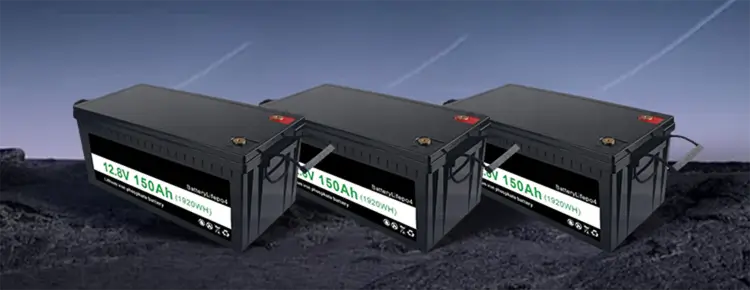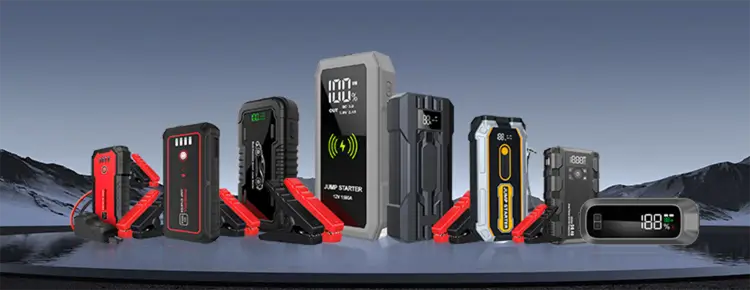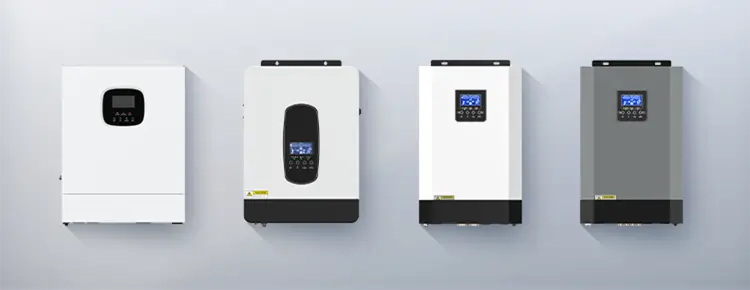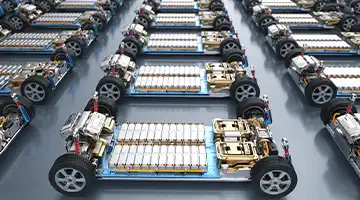



Blog
Hot Category
Latest Blog
20 Jan 2025
Nlelsen
With the increasing popularity of electric vehicles, a related question has gradually attracted people's attention, that is, whether old batteries have a second chance to be used? Can old electric car batteries be used in home energy storage systems? Then, I will analyze them one by one from various aspects.

● After a certain number of years or mileage of normal use of electric vehicle batteries, although they may have reached the retirement stage from the perspective of the car's driving performance, there is actually a considerable amount of battery power remaining. For example, when the battery capacity decays to less than 80% (for lithium iron phosphate batteries), it still has a high utilization value. For home energy storage systems, these residual capacities are sufficient to provide a certain amount of electrical energy storage functions.
● Just like some Toyota models, when the battery reserve power decays by 20% - 30%, it can be disassembled and used as a home energy storage system. This not only allows the value of the battery to be further explored, but also is a kind of efficient use of resources.
● From a technical point of view, the basic principles of electric vehicle batteries and batteries in home energy storage systems are the same. Home energy storage systems mainly store electrical energy and release it when needed, which is similar to the working principle of electric vehicle batteries. For example, whether it is lithium iron phosphate batteries or ternary lithium batteries, the charging and discharging process can be controlled by a suitable battery management system (BMS) in home energy storage systems to ensure safe and efficient operation.
● Reducing energy storage costs is an important advantage of using old electric vehicle batteries. At present, one of the main reasons for the high cost of energy storage is the high cost of new batteries. The use of waste electric vehicle batteries can significantly reduce costs, and according to relevant data, this may significantly reduce energy storage costs. If old batteries can be used reasonably, it will have positive significance for both saving the initial investment cost of energy storage equipment for home users and improving the resource utilization efficiency of the entire society.
● The batteries used in different electric vehicles differ in production batches, usage environments, etc., which leads to battery consistency issues. The home energy storage system requires the battery performance to be relatively stable and consistent, otherwise it may affect the performance and safety of the entire energy storage system.
● For example, in the process of lithium iron phosphate battery cascade utilization, if the consistency between batteries cannot be guaranteed, some batteries may age prematurely and charge and discharge efficiency may be low.
● After a certain period of charge and discharge cycles, the safety status of old electric vehicle batteries needs to be tested in detail. However, this detection work is somewhat difficult.
● It is not easy to judge the working status of retired cells or modules. The current detection technology needs to be improved in terms of accuracy and efficiency. Moreover, once there are hidden safety hazards in the battery, such as internal short circuits, serious safety accidents may occur in the home energy storage environment.
● At present, there is a lack of unified standards for the entire cascade utilization of waste electric vehicle batteries for home energy storage. This includes various links from battery recycling standards to standards for reassembly and application in home energy storage systems.
● The lack of unified standards can easily lead to confusion in the market. It is difficult for consumers to distinguish whether the batteries that have been reused are safe and reliable, which is not conducive to the healthy development of the industry.
● With the development of technology, battery testing technology is expected to continue to improve. Through more advanced testing equipment and algorithms, the status of old electric vehicle batteries can be more accurately evaluated, so as to screen out batteries suitable for home energy storage.
● For example, research and development of equipment that can more accurately detect changes in the internal structure and electrochemical properties of batteries will provide technical support for the safe and efficient use of old batteries.
● The government can introduce more policies on the cascade utilization of waste electric vehicle batteries, such as strict supervision of the qualifications of enterprises involved in the recycling and reuse of waste batteries, and requiring enterprises to establish a complete battery traceability system.
● At the same time, certain subsidies or policy support should be given to cascade utilization products that meet the standards to promote the healthy development of the market.
● In the future, with the development of the industry, it is expected to form a more standardized recycling and utilization industry chain for waste electric vehicle batteries. From battery recycling, testing, reassembly to final application in home energy storage systems, each link will be more professional.
● Perhaps there will be a special old battery recycling-cascade utilization enterprise alliance to jointly promote the rational application of old electric vehicle batteries in home energy storage systems, which not only solves the disposal problem of old batteries, but also provides an economical and environmentally friendly solution for home energy storage.
In summary, it is feasible to use old electric vehicle batteries in home energy storage systems, but it also faces some challenges. With the continuous development and improvement of technology, policies and other factors, this application prospect will become more and more broad.